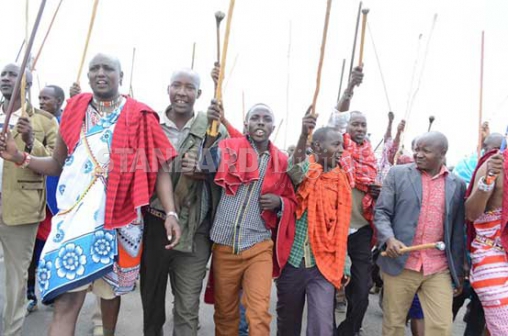
Fresh tribal clashes have left authorities worried about the precarious state of the nation as elections approach. Only two days ago in Olumilil Township on the Kericho-Kisii border, members of the Gusii and Kalenjin communities clashed over the ownership of a parcel of land.
And in another clash, three members of the Marakwet community were killed at their farms along River Kerio by unknown assailants believed to have crossed over from East Pokot in Tiaty Constituency. Last week the Marakwet retaliated by killing two members of the Pokot community.